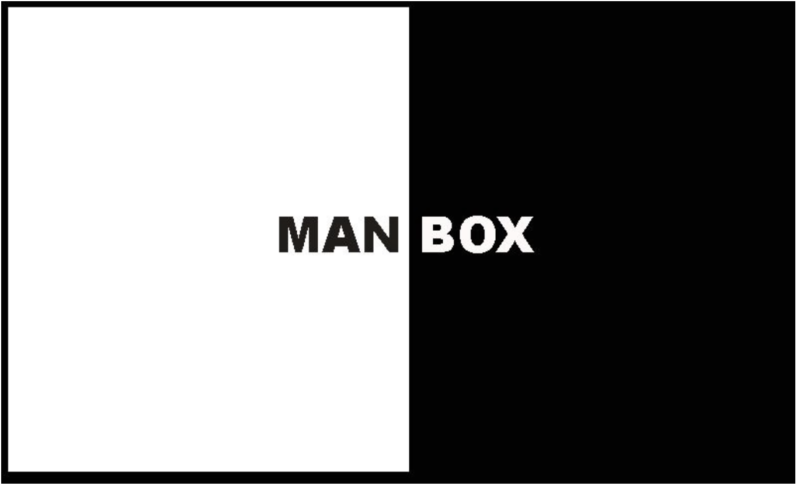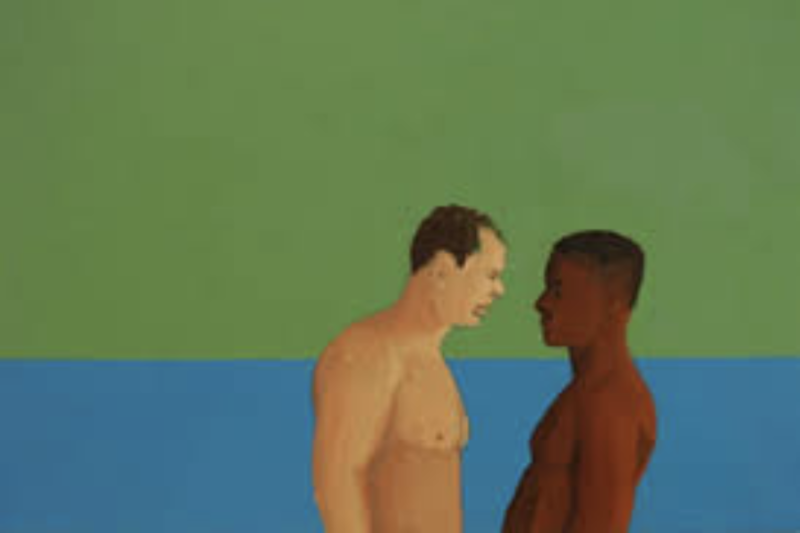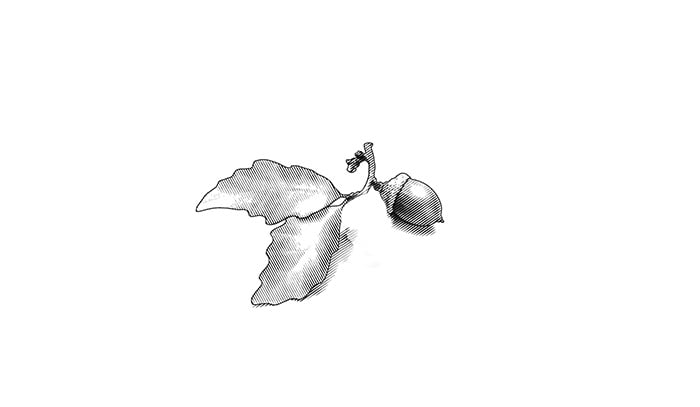Clik here to view.

“You can’t use up creativity. The more you use, the more you have.” — Maya Angelou
You may be convinced that brilliant creative ideas only come from creative geniuses like Plato, da Vinci, Dante, Mozart, Shakespeare, Stravinsky, Jung, Dostoevsky, Einstein, or Picasso.
Many people think that creative abilities are fixed and can’t be changed like our eye colour. And it further leads to the conclusion that if they aren’t currently creative, there is no way to increase their ability to come up with innovative ideas.
I disagree with this belief. According to research from psychology professor Barbara Kerr, only 22% of the variance in creativity is influenced by genetics (Clear, 2018).
In support of this research, Robinson and Aronica (2009) have said that “Everyone is born with tremendous capacities for creativity. The trick is to develop these capacities. Creativity is very much like literacy. Creativity is technically inherited, but by everyone”.
As a human being, you are already placed in the cradle with the astonishing capacity for being creative. Every human has the capacity to imagine and create new, unique solutions to complex problems is a distinctively human trait that is integral to our human design (Welch & McPherson, 2012).
Without the belief that we can create something new and meaningful that offers a particular value, our species would, if anything, live in caves, hungry and naked. Humans would never have invented stone tools, housing, technologies, art, culture, science, or anything else because we would spend our time doing the same old things over and over again, as we’ve always done before.
“To raise new questions, new possibilities, to regard old problems from a new angle, requires creative imagination and marks real advance in science.” — Albert Einstein
Ask Yourself:
- What secret ingredient enables a person to generate ideas that outlast not only their lifetime but centuries of human civilization?
- Is it the playfulness of an above-average intelligence that is not interested in the projections of its own mind onto the outside world that it begins to deal with the fundamental questions of existence?
- Is it something like an insatiable curiosity or a deep emotional connection (you might even call it love) towards the work one creates?
What Is Creativity?
Let’s define creativity.
Creativity can be the ability to make new things exist; generating ideas, alternatives, or possibilities that may be useful in solving problems, communicating with others, and entertaining ourselves and others (Franken, 1994).
It can be thought of as the ability to perceive the world in novel ways, unearth hidden patterns, make connections between seemingly unrelated phenomena, and generate solutions.
Creativity includes a creative process of making new connections between old ideas or recognizing relationships between concepts.
Thinking creatively doesn’t mean you have to start with nothing and make something. Instead, you take building blocks that you already have and construct them in an original way (Clear, 2018).
The Creative Process To Produce Remarkable Ideas
Although each creative idea should be different from the next, the creative process by which we get to a creative idea is generally the same.
Clear (2018) has written about James Webb Young, an advertising executive who published A Technique for Producing Ideas, a short guide to being more creative. In it, Young lists five steps in which he believes the creative process occurs.
Do Schools “Kill Creativity”?
Based on history, schools have crushed creativity. Students are told to colour within the lines, follow instructions and the goal in school is to get the “right” answer. Unfortunately, if you’re afraid to be wrong, you’ll never be creative or original.
The job of education is to produce employees who follow instructions. And to this endeavour, they are doing a very good job. However, in terms of creativity, we are falling terribly short. This is one of the most unfortunate realities in our current education system.
As evidence of how schools kill creativity, Robinson (2007) talks about the example of a young girl called Gillian Lynne who, at the age of eight, was already viewed as a problem student with a probable learning difficulty due to her inability to sit still and concentrate.
When her mother sought a medical explanation for Gillian’s constant fidgeting and lack of focus, the doctor suggested they speak privately.
As the two adults got up to leave, the doctor turned on the radio. Left alone in a music-filled room, young Gillian began to dance. Observing her through the window, the doctor turned to her mother. “Gillian’s not sick,” he said, “she’s a dancer”.
Now, at the age of 92, Gillian can look back on a long career in ballet, dance and musical theatre which saw her become one of the world’s most successful choreographers, with hits like Andrew Lloyd-Webber’s Cats and Phantom of the Opera among her many achievements.
Yet her school had all but written her off, mistaking her extraordinary talent for some form of a behavioural problem or cognitive impairment.
Why Does Creativity Matter?
Developing creative sensibilities and habits enhances the quality of life for students and teachers.
Opportunities for students to be creative during the years spent in school ultimately contribute to lives that are joyful, productive, meaningful, and prosperous.
Creativity also matters because of the intrinsic value of creative acts. And it matters because creative pursuits can enhance learning in other subject areas and support productive habits of lifelong learning.
Further benefits of creative engagement include economic and health benefits to communities. Moreover, creativity promotes innovation and problem-solving.
“Everyone is a genius. But if you judge a fish by its ability to climb a tree, it will live its whole life believing that it is stupid.” — Albert Einstein
How to Become a Creative Genius?
The most creative minds of all time, study their habits, develop our own healthy habits, and discuss the science of creativity. Set yourself apart in the world; nourish your creative side. Below, are six key lessons to help you become a creative genius.
1 — Keep a Notebook Handy To Capture Your Ideas
Ideas are like in-laws, you never know when they’re coming over to visit. By keeping a journal around, you will always be able to capture your ideas at any time of the day.
Leonardo da Vinci was well known for keeping a journal of his ideas. His notebooks are now prized possessions that hold the many creative and genius thoughts of this master thinker, painter, and inventor.
His notebooks were filled with plans for flying machines, a parachute, a helicopter, the extendable ladder, the bicycle, folding furniture, and a number of automated tools for increasing productivity.
A blank page is an open invitation for the creative and curious mind. The simple act of writing gets you into a creative flow that can last for hours. The free-flowing, exploratory practice of keeping a journal encourages freedom of thought and expanded perspectives.
2 — Ask Better Questions To Get Better Answers
Breakthrough innovation requires creativity, and creativity requires that you think differently about the way you think.
According to Harvard research (2009), the number-one skill that separates innovators from non-creative professionals is association; the ability to successfully connect seemingly unrelated questions, problems or ideas from different fields.
Questions are the root of all knowledge and creativity. By continually asking questions about the world around us, we fuel our creative fire. Great minds are those that have asked the greatest questions.
Socrates asked such questions as: “What is wisdom? What is piety? What is beauty?”
Also, Albert Einstein, as a young boy, asked himself, “What would it be like to run beside a light beam at the speed of light?”
A number of inventions have been created by asking one simple question: “What if…..?”
By asking questions we increase our level of consciousness and our perspective of the world.
3 — Be A Voracious Reader
Reading enhances your mental ability and lets you experience the world from a brand new perspective.
When we read a book, we let go of our own perspectives and experience the world from the characters that have been crafted by the author.
I have found in my own life that the more I read, the more I want to know. Reading becomes an insatiable desire and an unquenchable thirst.
If you are an auditory learner, you may learn better by hearing and listening. If that is the case, audiobooks and e-books are useful tools to accommodate your learning style.
4. Seek Out New Experiences
Our minds are much like a garden. Without proper care, the weeds will take over. Nothing sparks the mind like learning something new.
If you want to expand your creativity, then learn a new skill. It can be anything you choose. Learn a new language. Learn to water ski. Learn to play an instrument. Pick up photography or even try a new sport.
All of these activities get your mind working outside of its regular patterns.
5. Become a Whole-Brain Thinker
There are generally two types of people in this world: left-brained and right-brained. In most cases, people are either analytical thinkers who enjoy math, science, and logic or they are highly imaginative and creative individuals who focus on the big-picture.
Our school systems generally cater to those who are left-brained analytical thinkers. This has created a world of employees who are very good at following directions but are not so good at developing new ideas.
To break the mould, we must become whole-brain, holistic thinkers. You can do this by using a powerful method known as mind mapping. This method has been used by some of history’s greatest brains, including Michelangelo, Mark Twain, and Leonardo da Vinci.
Mind mapping is a whole-brain activity that will awaken your creative side as well as your analytical side. Mind mapping will also help you to generate new ideas when needed. It doesn’t matter whether you’re using it for personal goal setting, problem-solving, or simply to become a more creative, whole-brain thinker.
Our mind works in pictures, associating one idea with the next. Mind mapping allows you to continue this natural thought process on paper. It is one of the most powerful tools for awakening your creativity. For a detailed explanation of how you can learn better and start mind mapping, I suggest you watch this TEDx Talk by Hazel Wagner.
TEDx Talk “Want to learn better? Start mind mapping” by Hazel Wagner
6. Set Aside Time For Genius Hour
Genius hour is a planned period of time where you are allotted the space, resources, and the audience to create and imagine freely while learning.
The idea for Genius Hour was originally started by Google, which allowed its engineers to spend 20% of their work time on their own passion projects. Many of Google’s services such as Gmail and Google News are thanks to its policy of having Genius Hour.
This type of less organized, less formal, and definitely far from organized learning is very different from what we are often accustomed to.
Genius hour is characterized by its lack of specific rules and dependence on a persons’ intrinsic motivators. It is learning that is centred around your interests.
Creativity and authentic learning are synonymous with Genius hour because learning and discovery transpire organically and begin to take root.
We are often attracted to this type of learning because many adventurous aspects of insight occur during the process. This type of learning environment places emphasis on inquiry and research, innovation, and discovery and leads to new challenging opportunities for you to experience.
The most important thing with the genius hour is to let’s explore your interests. The idea that you are passionate about makes the whole process much more meaningful.
Start Now — Nourish Your Creative Genius
Finding your creative genius is easy: do the work, finish something, get feedback, find ways to improve, and show up again tomorrow. Repeat for ten years. Or twenty. Or thirty.
Inspiration only reveals itself after perspiration.
References:
Clear, J. (2018). Creativity: How to Unlock Your Hidden Creative Genius. Retrieved April 8th, 2022, from https://jamesclear.com/creativity.
Franken, R. (1994). Human Motivation (3rd ed.). Pacific Grove, CA: Brooks/Cole Publishing Co.
Harvard Business Review. (2009). The Innovator’s DNA. Magazine. Retrieved April 7th, 2022, from https://hbr.org/2009/12/the-innovators-dn.
Wagner, H. (2017). Want to learn better? Start mind mapping. YouTube. Retrieved April 8th 2022, from https://www.youtube.com/watch?v=5nTuScU70As.
Robinson, K. (2007). Do schools kill creativity?. YouTube. Retrieved April 6th, 2022, from https://www.youtube.com/watch?v=iG9CE55wbtY.
Robinson, K., & Aronica, L. (2009). The element: How finding your passion changes everything. New York: Viking.
Welch, G. F., McPherson, G. E. (2012). Introduction and commentary: Music education and the role of music in people’s lives. In McPherson, G. E., Welch, F. H. (Eds.), Oxford handbook of music education (pp. 5–20). New York, NY: Oxford University Press.
—
This post was previously published on MEDIUM.COM.
***
You may also like these posts on The Good Men Project:
Join The Good Men Project as a Premium Member today.
All Premium Members get to view The Good Men Project with NO ADS.
A $50 annual membership gives you an all access pass. You can be a part of every call, group, class and community.
A $25 annual membership gives you access to one class, one Social Interest group and our online communities.
A $12 annual membership gives you access to our Friday calls with the publisher, our online community.
Register New Account
Need more info? A complete list of benefits is here.
—
Photo credit: Shutterstock
The post How To Become a Creative Genius appeared first on The Good Men Project.



